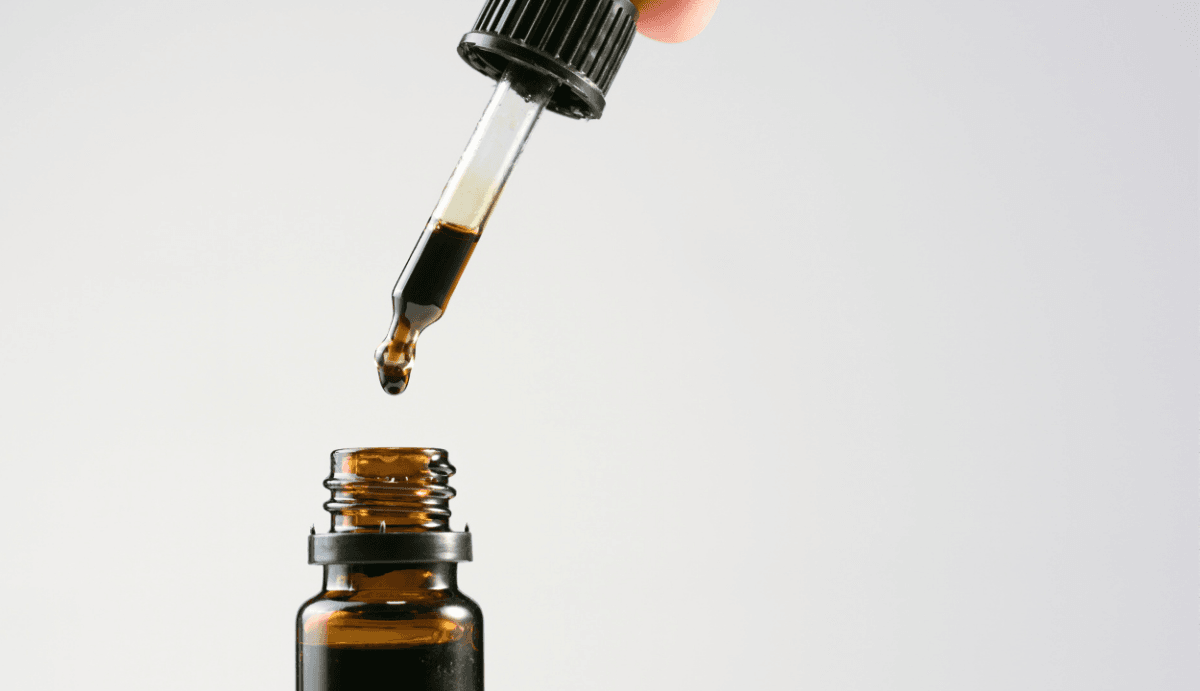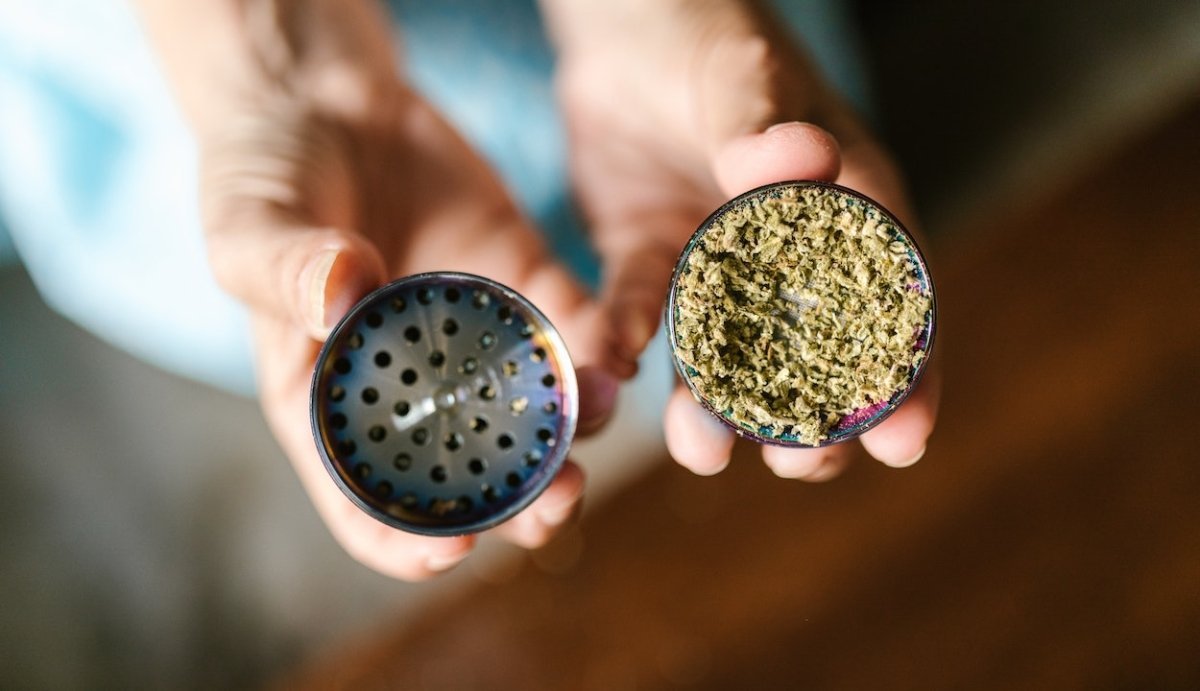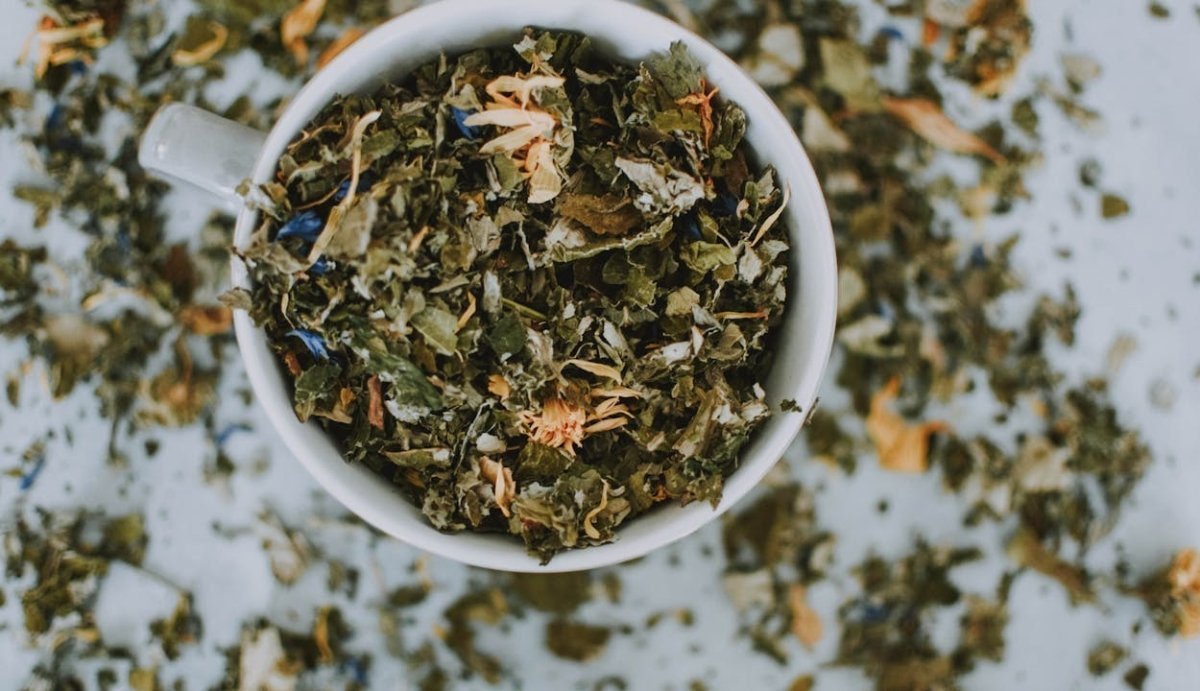Your Cart is Empty
FREE SHIPPING ON ALL ORDERS $75+
A poor appetite can make it difficult to eat and maintain weight, but it can also lead to nutritional deficiencies and other serious health issues. If you’re wondering how to increase appetite, you may be happy to learn that you can do it in three easy steps—a combination of small lifestyle changes and appetite stimulants.
Table of Contents
What Causes Poor Appetite?
How to Increase Appetite (3 Steps)
How to Increase Appetite Using Delta-8-THC
Where to Buy Legal Delta-8-THC?
Resources
A low appetite can be caused by many different things, including various chronic illnesses, slow metabolism, certain medications, and hormonal imbalances. One factor to consider is an endocannabinoid imbalance, or an imbalance in the Endocannabinoid System.
The Endocannabinoid System is a bodily system that’s responsible for maintaining regularity throughout the body, a state called “homeostasis,” a big part of which includes balancing metabolism. The endocannabinoids interaction with metabolism and hunger is the reason that cannabinoid-based supplements like THC are known to stimulate appetite.
You should also consider lifestyle factors that may impact appetite. For instance, irregular eating habits, fasting, and maintaining a sedentary lifestyle can all reduce appetite. The body strives to maintain regularity (which is why the Endocannabinoid System is so important) and learns and adjusts to your regular behavior.
For instance, when fasting for lengthy periods of time, the body may slow the metabolism to prevent you from running out of energy storage. A slower metabolism means you may not feel hungry even after you break the fast.
As you can see, there are many reasons why you may be experiencing low appetite, and it’s not always easy to pinpoint the cause. Luckily, there may be a solution:
The good news is that you may be able to increase your appetite easily by adjusting lifestyle factors and using mild appetite stimulants to build healthier eating habits. Here are a few steps to help you learn how to increase appetite naturally:

With a low-appetite, you may not experience the normal hunger cues that remind people to eat. That means that it’s even more important that you carefully manage when and how you eat.
The body is naturally regulatory. That means you may see your hunger levels improve when eating meals on a regular schedule at or around the same times each day. Eventually, this may help your body experience hunger cues at mealtimes.
Also consider eating smaller meals more often. Instead of three meals a day, try six smaller meals. By eating small amounts frequently, you’ll likely be able to eat more over time which can lead to metabolism boosts and increased hunger.
Tip: Set an alarm to remind you when it’s meal time. After a while, you may not need them anymore.
What you eat is just as important as when you eat. Try making these few simple swaps to help increase appetite:
This one seems simple, but it can make a huge difference. You’ve probably heard about the “drink a full glass of water before meals” weight loss trick. Well, you can also use your hydration to your advantage when you want to eat more, too.
Try holding off on beverages until after meals, or sipping on them between meals, at least half an hour before you eat.
You can also try adding a couple calorie and nutrient dense drinks to your diet every day. Milk and plant milks often contain healthy fats and various vitamins and minerals. Fresh pressed fruit juices are always calorie dense and full of vitamins.
Just don’t drink too much sugar and don’t forget to drink plenty of water to stay hydrated—it’s an important part of almost all of your body’s regulatory processes.
The quickest answer to “how to increase appetite” is by using appetite stimulants to make you feel hungry. There are various supplements (and even some prescription medications) that are meant to help increase your appetite, but we’ll discuss one natural supplement that’s infamous for causing “the munchies”—THC.

If you’re thinking “Nah, that’s not for me. It’s not even legal here!”, just keep reading!
Traditional THC products, or Delta-9-THC, is often used medicinally (in states where medical marijuana is legal) to combat appetite loss due to chemotherapy or eating disorders. Of course, THC is also restricted in many areas and the psychoactive effects are too sedating or otherwise unpleasant for some people.
Luckily, there’s another option—Delta-8-THC, a hemp-derived cannabinoid that’s federally legal in the U.S.Just like Delta-9, Delta-8 has significant appetite stimulating powers, but it’s only mildly psychoactive and not sedating like traditional THC.
In fact, one study shows that Delta-8 was actually more effective than Delta-9 at combating chemotherapy-induced nausea in children. That’s because the patients could be given larger, more effective doses without the same drawbacks that many people experience with common THC products, like anxiety and paranoia.
Another study shows that cannabinoids acting at CB1 receptors (a neuroreceptor found in the brain and nervous system) can stimulate hunger. Delta-8-THC stimulates both the CB1 and CB2 receptors (the Endocannabinoid System’s main neuroreceptors), meaning it may do double duty in promoting endocannabinoid balance.
There's plenty of anecdotal evidence to verify Delta-8-THC's appetite-inducing effects, though many people describe it as a "mild hunger" instead of a ravenous case of the munchies. That means it could help you eat more, but won't trick your body into consuming too much.
Delta-8-THC's anti-nausea, appetite stimulating effects are some of its most prominent potential medical applications. Delta-8 products are legal and accessible and easy to incorporate into daily life, so they may be a suitable option for anyone suffering from poor appetite.
If you want to give Delta-8’s appetite-stimulating powers a shot, here are some tips to get you started:

Since Delta-8 is legal in the U.S., you can find a wide variety of different products online. Of course, some states have Delta-8 restrictions, so you should read “Where is Delta-8-THC Legal?” to determine if Delta-8 is legal in your state.
Then, feel free to browse our entire Delta-8-THC collection to find a selection of high-quality, potent Delta-8-THC edibles, tinctures, and vaporizers.
All Vida Optima products are made from premium U.S. grown hemp and are third-party tested and 100% compliant with federal law. We strive to offer a variety of dosing methods, potencies, and formulas, so you can easily find a product to meet your needs.
Want to learn more? Read “11 Delta-8-THC Facts You Need to Know.”
Comments will be approved before showing up.



